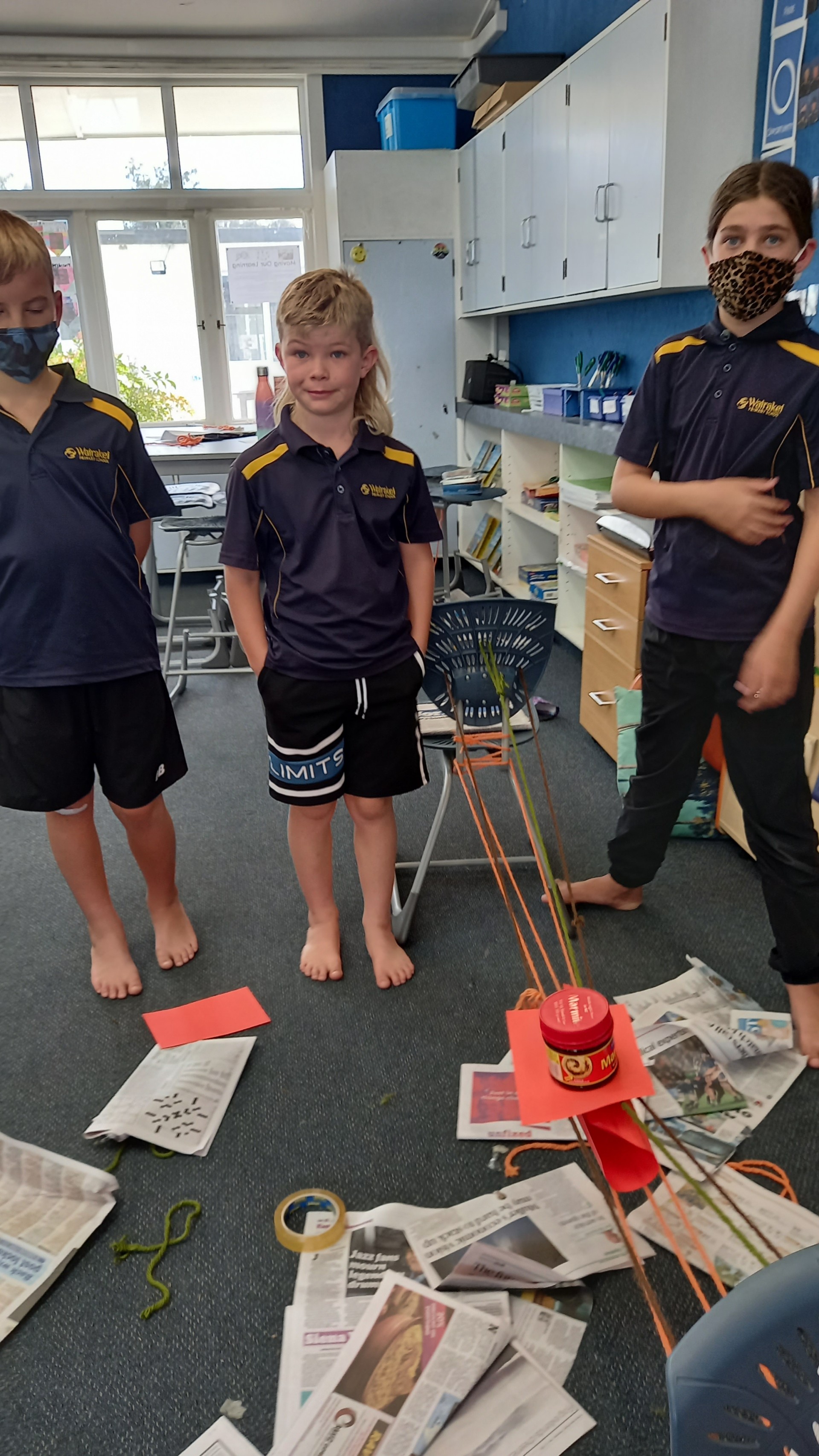Before I take you through the experiences, I need to backtrack a little. First things first, STEM stands for Science, Technology, Engineering, and Mathematics. If you add an A it becomes STEAM. The A is for Art.
STEM/STEAM is a teaching and learning style that teaches critical thinking skills and tries to instil in students a ‘can do’ problem-solving attitude. It has something to offer all students, in particular, students who think outside the box and are ‘hands on’ learners.
It takes teamwork, perseverance, and a willingness to listen to others to solve a problem. As well as teaching academic curriculum areas, it also teaches what we now call ‘soft skills’ - cooperation, communication, and resilience. The teacher’s role is one of facilitator or coach. Rather than ‘telling’ students what to do to solve a problem, teachers observe, question, plant a seed of an idea, then walk away and allow the students to solve the problem. Sometimes students appear to have given up, and often another student will see them struggling and offer to help.
It won’t hold the weight. It keeps falling off.
I can help you. I think we need to make it stronger in the middle
Together the three students worked on the structure and the bridge held the weight. It turned out to also be the longest bridge. This example shows STEM encouraging perseverance and also shows how working together to solve problems gives everyone success.
Building the Longest Bridge
The scenario and the materials they could use.
Problem: The bridge over a deep ravine has been washed away by a flood.
Task: To build a model bridge which must sit on the back of two chairs facing
outwards. The bridge must be as long as possible and strong enough to support a 500g weight like a Marmite Jar.
Materials
• 15 full sheets newspaper
• 2 m sellotape
• 3 m string
• 2 sheets A4 card
• scissors (for construction only)
• The bridge must be able to support a 500g weight in the middle of the bridging deck.
• The bridge must be able to be lifted from the chairs and not touch the ground.
• It must be made only of materials supplied.
• Team members must not support the bridge in any way during judging.
• The weight will be placed on the bridge by the judge.
Provided the bridge supports the weight unaided, it will be judged on the greatest distance between the two chair backs.
Paper Planes
Who doesn’t like making paper planes?
This activity, it did include many of the elements of STEM, perseverance, problem-solving, design, testing, observing and adjusting the prototype. Students could work with a buddy or on their own to design and test a paper plane. They used a recording sheet to record their findings, including measuring the distance, observing how the plane flew, then what they did to adjust the design before the next test run.
Mine is dumb. I made a new one, and it flew better.
Wow, did you see my one fly. It went way over by the flax.
Keywords
STEM, STEAM, soft skills, perseverance, co-operation, problem-solving




Comments are disabled for this post.